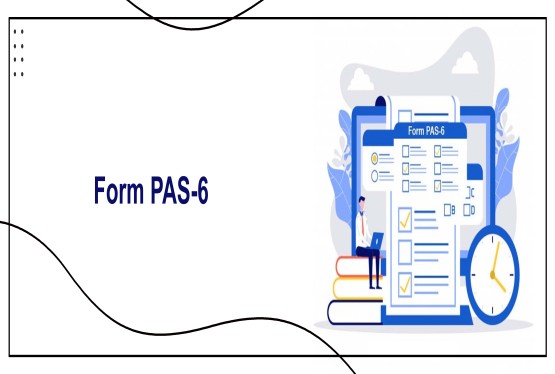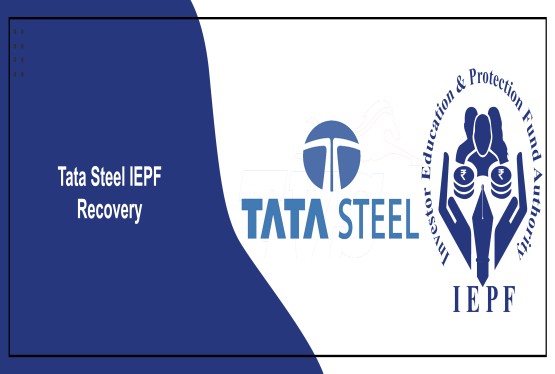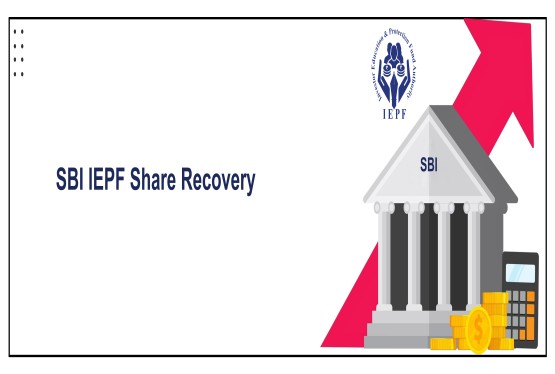Company closure in India is not limited to voluntary filing through Form STK-2 after payment of INR 10,000/- Govt fees; under Section 248(1) of the Companies Act, 2013 by the Company, the Registrar of Companies (ROC) also has the authority to initiate strike-off proceedings against companies that are inactive or non-compliant with mandatory MCA filings such as AOC-4 & MGT-7A (Annual ROC Filings). In recent months, the Ministry of Corporate Affairs (MCA) has intensified its efforts to clean up the official records by removing the company names from ROC records of defunct and non-operational companies and data released in April 2025 at https://www.data.gov.in, more than 3300 approx companies across various Indian states and Union Territories are set to be struck off from the register of companies after submitting voluntary applications through STK-2 under Section 248(2) of the Companies Act, 2013, reinforces the need for companies that are inactive or non-compliant to take immediate action to avoid MCA legal actions like Disqualification of Directors , RD Adjudication, Hefty MCA penalties and other Legal consequences.
Reality of Inactive Companies in India
Many private limited companies registered in India either fail to commence operations within the initial 180 days of incorporation or do not file the mandatory Declaration for Commencement of Business (Form INC-20A) with the Registrar of Companies (ROC). In other cases, companies discontinue business within the first year due to lack of revenue, investor funding, or the collapse of their initial business model or startup idea.
A common misconception among directors is that an inactive company does not require any ongoing MCA , company Income Tax, GST returns and other compliance. Many believe that since no business activity has taken place, they are not obligated to file INC-20A, annual returns, financial statements, Income Tax, GST returns, DIN KYC, or other MCA filings etc. However, in reality, these compliance requirements remain applicable irrespective of whether the company is actively operating or not.
Failure to meet these statutory obligations can lead to serious consequences:
-MCA Adjudication proceedings under Section 454 of the Companies Act, 2013
-Disqualification of directors under Section 164(2)
-Suo motu strike-off by ROC under Section 248(1), which may permanently remove the company from the register of companies
-GST Notices if any
-ESIC & EPFO Compliance Notices
Moreover, if Form INC-20A post company registration is not filed within 180 days from the date of incorporation, the company cannot commence any business activity or even borrow money including Directors Loan. Non-compliance with this requirement can result in penalties up to Rs. 50,000 for the company and Rs. 1,000 per day for directors, capped at Rs. 1 lakh. It also renders the company non-functional in the eyes of the law.
You should know about the following questions people have when company not running:-
"Penalty for not filing INC-20A"
"Can a company operate without filing INC-20A?"
"What happens if a private limited company is inactive?"
"Strike off due to non-filing of Form INC-20A"
"ROC compliance for non-operational companies in India"
"How to close a private limited company not doing business"
For avoiding above cited complications, it is mandatory for directors to either bring the company into compliance or voluntarily apply for strike-off under Section 248(2) if the business is no longer viable. Taking a proactive approach not only prevents legal issues but also protects the directors' credibility and ability to manage other companies in the future.
Many private limited companies incorporated in India never commence operations or discontinue their business shortly after incorporation. Directors often believe that doing nothing is harmless, assuming that an inactive company doesn't require compliance. However, this misconception can lead to serious penalties, including director disqualification, adjudication by ROC, and eventual strike-off initiated by the government under Section 248(1).
What is Section 248 of the Companies Act, 2013?
Section 248 provides for the removal of a company’s name from the register of companies either:
1. Suo motu by the ROC (Sub-section 1); or
2. On application by the company (Sub-section 2).
Under Section 248(1), the Registrar may issue notice to remove a company if fulfill any grounds:-
- It fails to commence business within one year of incorporation.
- It hasn’t carried on business for two financial years and hasn’t applied for dormant status under Section 455.
- The subscribers have not paid the subscription money and declaration INC-20A under Section 10A is not filed within 180 days.
- The company is found non-operational after physical verification under Section 12(9).
Under Section 248(2), a company can voluntarily apply for removal of its name by filing Form STK-2 along with prescribed documents, provided it has:
- No business operations for two financial years.
- No liabilities.
- No ongoing litigation or regulatory inquiry.
MCA Update for April 2025 data: 3,300 Companies Set for Strike-Off
These companies have requested for removal/strike off of its/their names from the official records. Under Section 248(2), a company may, after extinguishing all its liabilities, by a special resolution or consent of 75 per cent members in terms of paid-up share capital, file an application for removing their names subject to certain conditions. Moreover, RoCs issued the public notices in STK-6 in April to check whether anyone has objections to the proposed removal of names of these companies. At the end of March this year, there were 18,50,932 active companies out of the total 28,52,449 registered companies in the country.
Amongst the 37 states/UT, Maharashtra (19 per cent) continues to be the state with highest number of active companies, followed by Delhi (14 per cent) and West Bengal (8 per cent). An increase in the number of Active Companies is witnessed in the states of Maharashtra, Uttar Pradesh and Telangana as compared to February 2025.
Among the Union territories, Jammu & Kashmir showed a rise of 143 number of companies in contrast to February 2025, the ministry said in its latest monthly information bulletin.
Common Mistakes by Directors of Defunct Companies
One of the most common mistakes is ignoring the need for closure. Even when a company is not operating, it must:
- File annual returns (MGT-7A) and financial statements (AOC-4).
- Maintain statutory registers, Minutes and conduct board meetings.
- Comply with Income tax filings and regulatory filings.
- DIN KYC of Directors (without DIN KYC Company can go for Closure)
- GST Filings upto date before surrender
Failure to do so results in:
2. Director disqualification under Section 164(2).
3. MCA RD-ROC Adjudication proceedings under Section 454.
Can You Apply for Strike-Off with a Deactivated DIN?
The answer is Yes.
Because the Directors whose DINs have been deactivated due to non-filing of DIR-3 KYC can still apply for strike-off under Section 248(2) in form STK-2, as many directors believe they cannot proceed due to KYC defaults. MCA allows such directors to submit STK-2 and close the company, thus providing a clean exit route.
Voluntary Strike-Off: Step-by-Step Process
Check Eligibility: the company has no operations for two years and has no liabilities.
Board Resolution: Conduct a board meeting and pass a resolution to apply for strike-off.
Shareholder Approval: Hold EGM & Obtain consent of 75% of shareholders (in terms of paid-up share capital) or consent letter from 95% holding paid up capital of the Company
Prepare Documents with the help of Compliance Calendar LLP:
- Form STK-2
- Indemnity Bond (STK-3)
- Affidavit (STK-4)
- Statement of Accounts (STK-8) certified by a CA
- Copy of board/shareholder resolution
File Form STK-2: Submit the application to ROC with the prescribed fee INR 10,000/- Govt fees
Publication of Notice in official journal by MCA: ROC issues a public notice in STK-5 and STK-6 inviting objections.
Final Order: If no objections are received, ROC strikes off the name and publishes the final notice in STK-7 and thne MCA Status changed to under process of strike-off to strike-off.
Standard Form under Closure process:
STK-3 (Indemnity Bond): Directors undertake personal liability for future claims post strike-off.
STK-4 (Affidavit): Each director declares that the company has no assets, liabilities, or legal proceedings.
STK-8 (Statement of Accounts): Must show zero assets and liabilities, signed by a CA and directors.
Consequences of Ignoring Company Closure
If you fail to close an inactive company:
- Penalties accumulate under various sections of the Companies Act 2013
- Directors risk disqualification for 5 years, can not become a Director in any other company and DIN shall be deactivated.
- ROC may initiate suo motu strike-off, and revival becomes possible only through NCLT subject to strong grounds.
- Your company may face MCA adjudication orders, as seen in recent MCA penalty cases.
At Compliance Calendar LLP, we help directors and companies exit legally through the proper company closure route with MCA which include:
1. End-to-end consultation and eligibility check before filing STK-2
2. Drafting of board and shareholder resolutions including consent letter
3. Preparation of affidavits, indemnity bonds, and STK-8.
4. Filing of STK-2 and liaison with the MCA C-PACE until final dissolution.
5. Post-closure advisory to ensure no liabilities remain











































































_crop10_thumb.jpg)




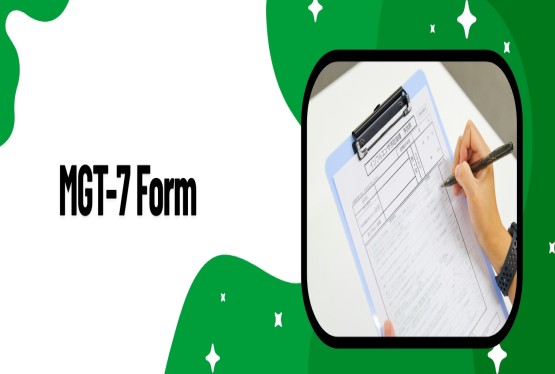





























































_crop10_thumb.jpg)
_crop10_thumb.jpg)



_crop10_thumb.jpg)


_crop10_thumb.jpg)





_crop10_thumb.jpg)

_crop10_thumb.jpg)














-suratgujarat-section-158_crop10_thumb.jpg)
-suratgujarat_crop10_thumb.jpg)
-(33)_crop10_thumb.jpg)



-ahmedabad_crop10_thumb.jpg)
-learn_crop10_thumb.jpg)

-learnn_crop10_thumb.jpg)



























































_crop10_thumb.jpg)























_Guidelines_learn_crop10_thumb.jpg)























_learn_crop10_thumb.jpg)
_crop10_thumb.jpeg)









_crop10_thumb.jpg)




_Second_Amendment_Rules,_2025_learn_crop10_thumb.jpg)







_learn_crop10_thumb.jpg)






















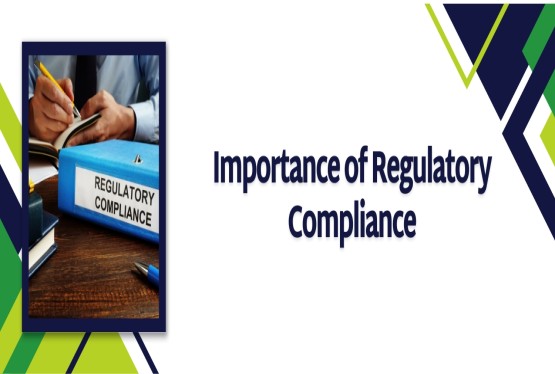








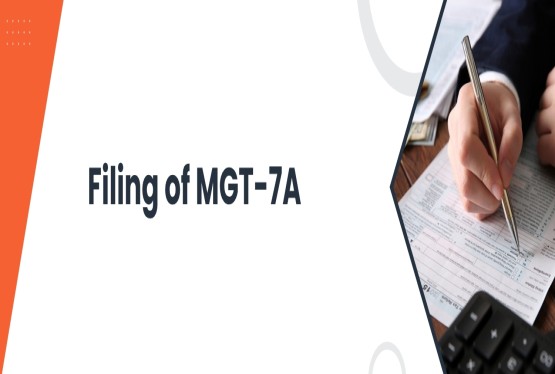
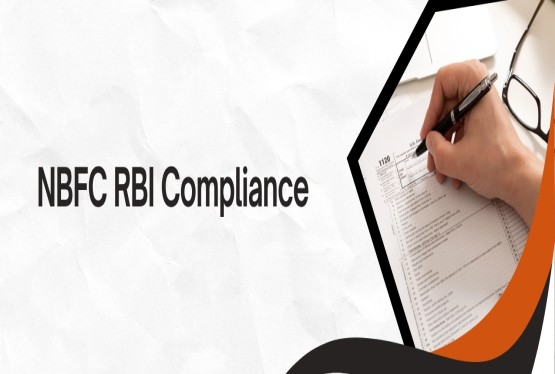





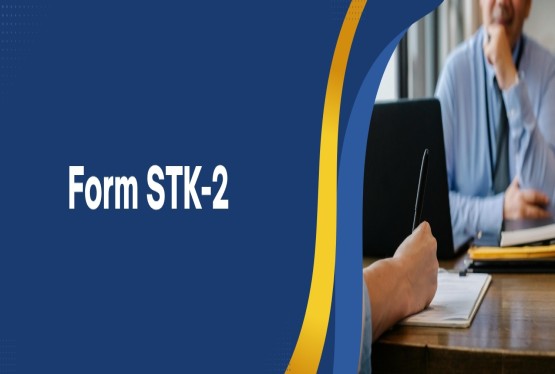
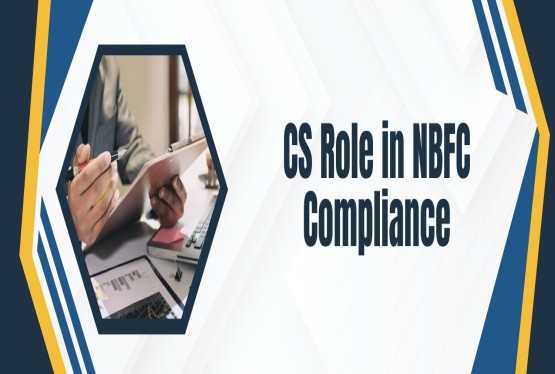

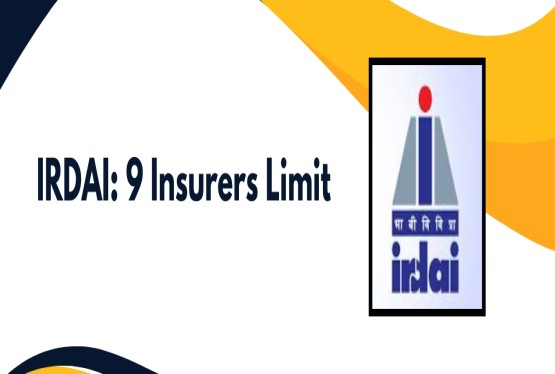


_learn_crop10_thumb.jpeg)




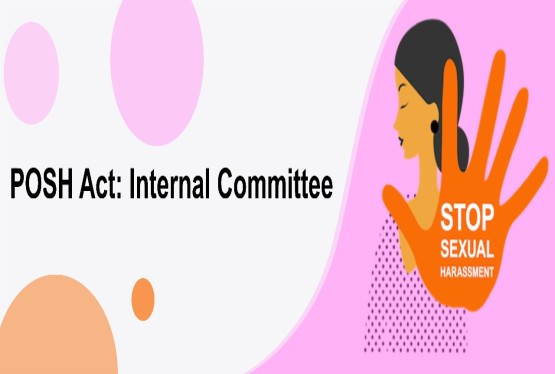
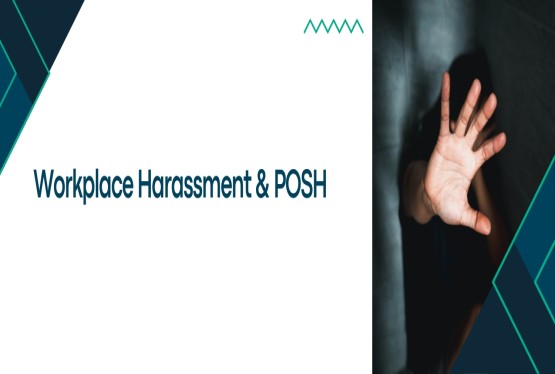



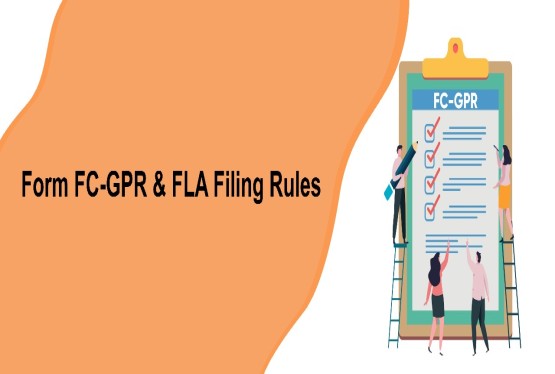

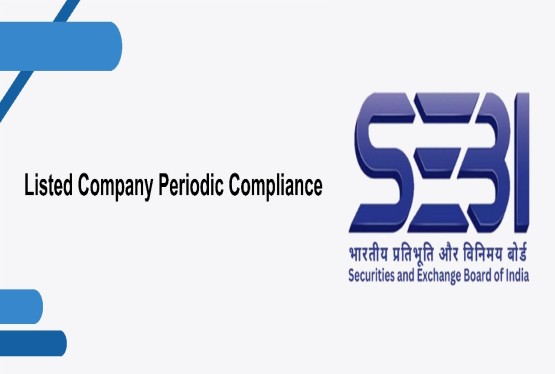

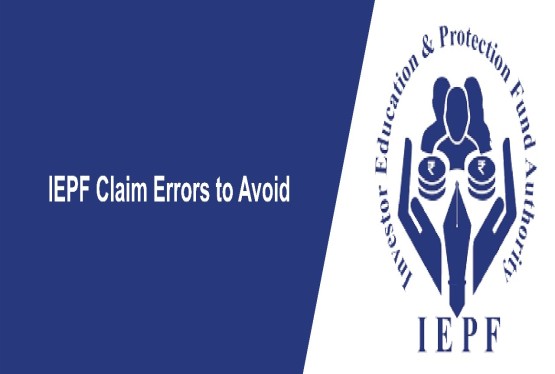


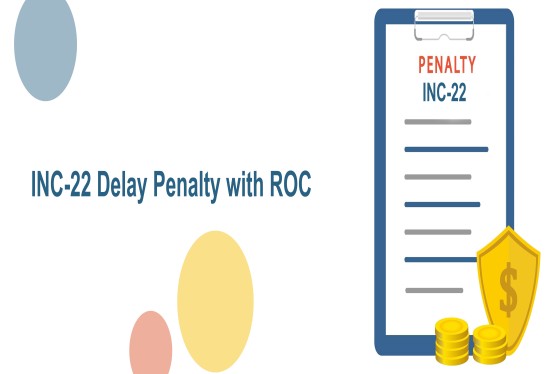


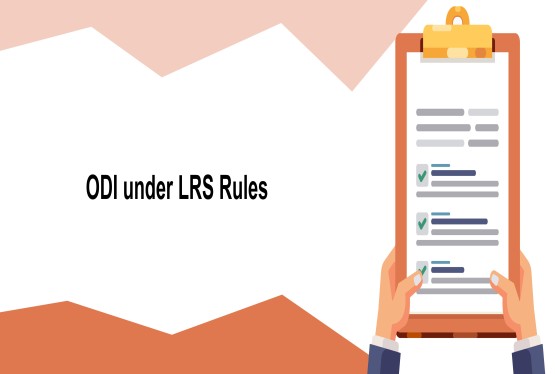



_learn_crop10_thumb.jpg)
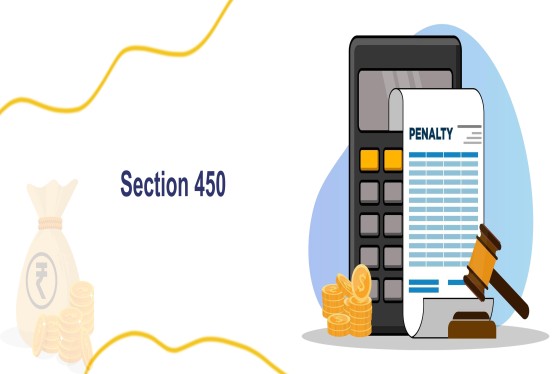

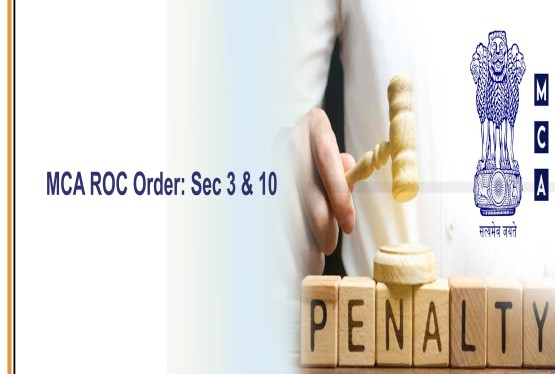
_rd_roc_learn_crop10_thumb.jpg)
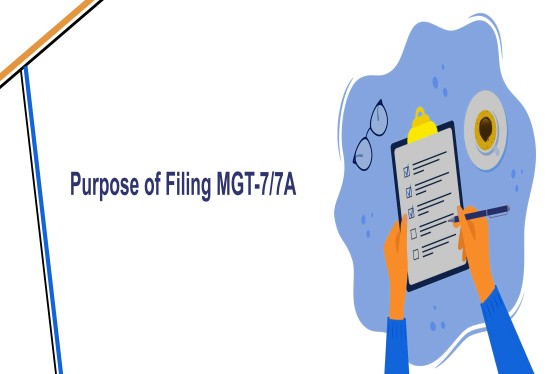



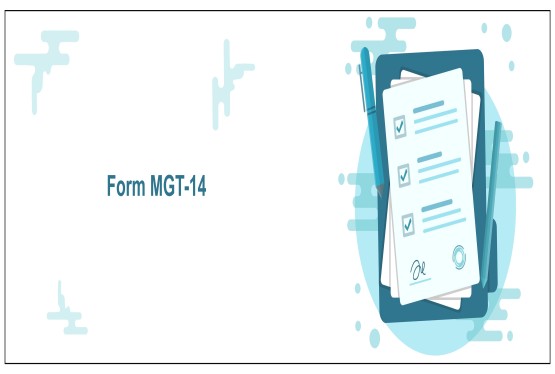
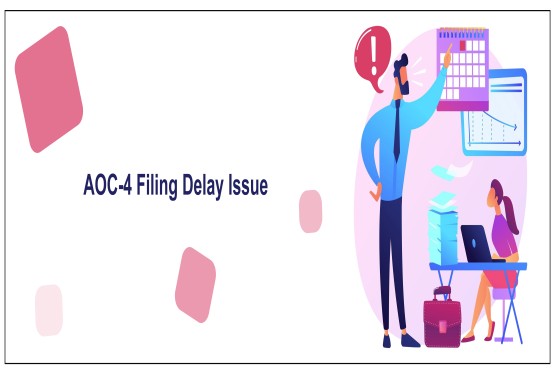
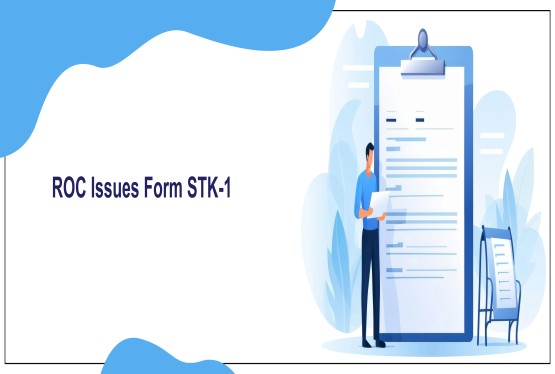








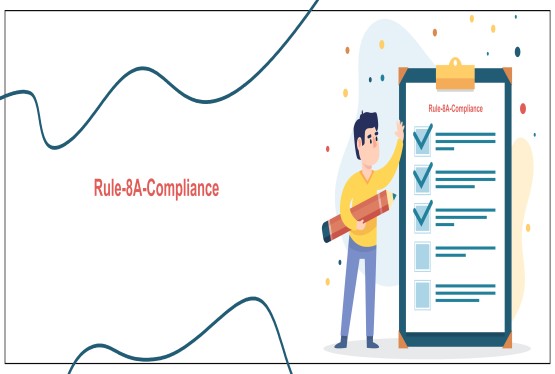
_learn_crop10_thumb.jpg)

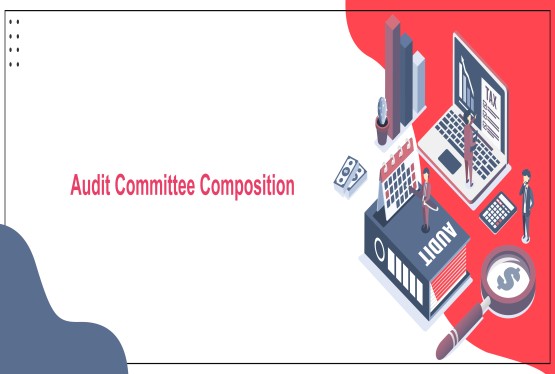
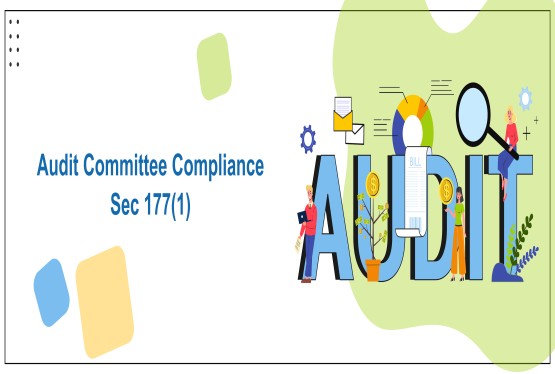



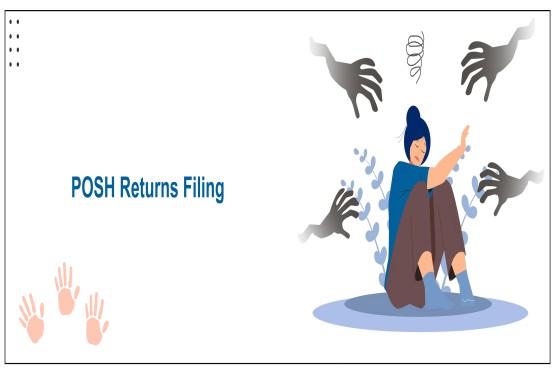
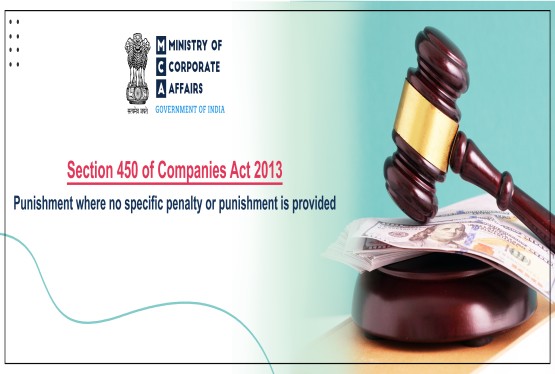

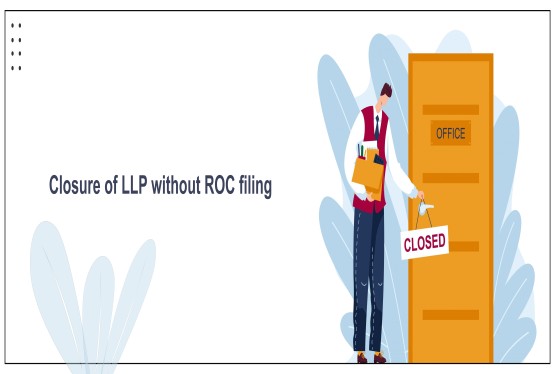


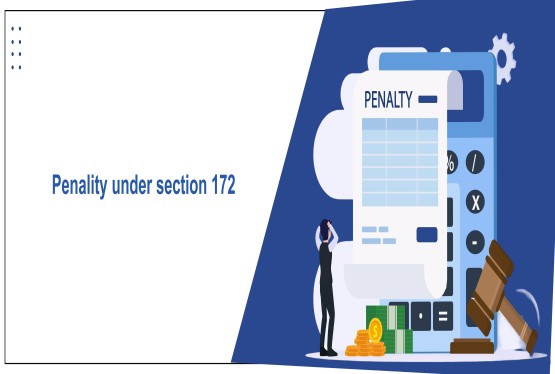
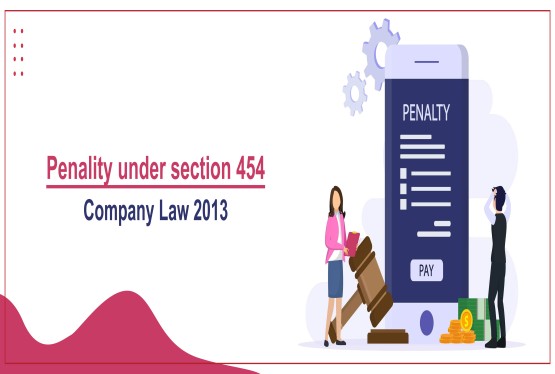
_learn_crop10_thumb.jpg)
_Learn_crop10_thumb.jpg)







